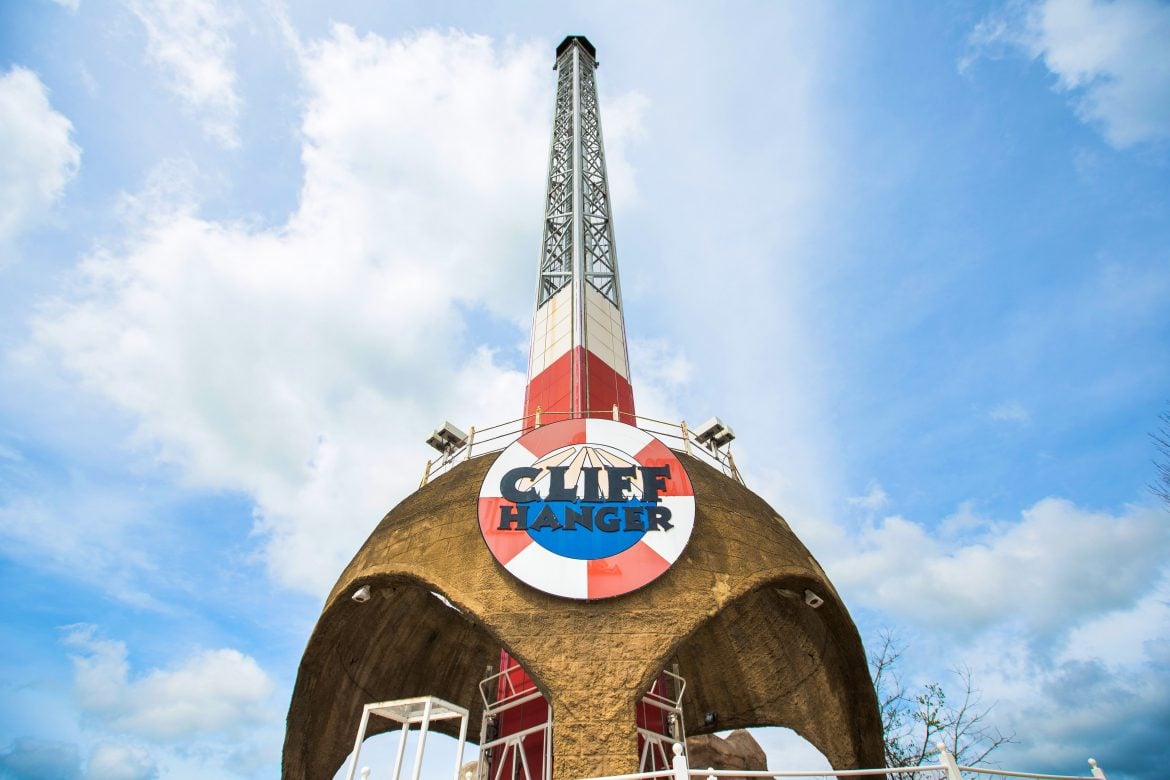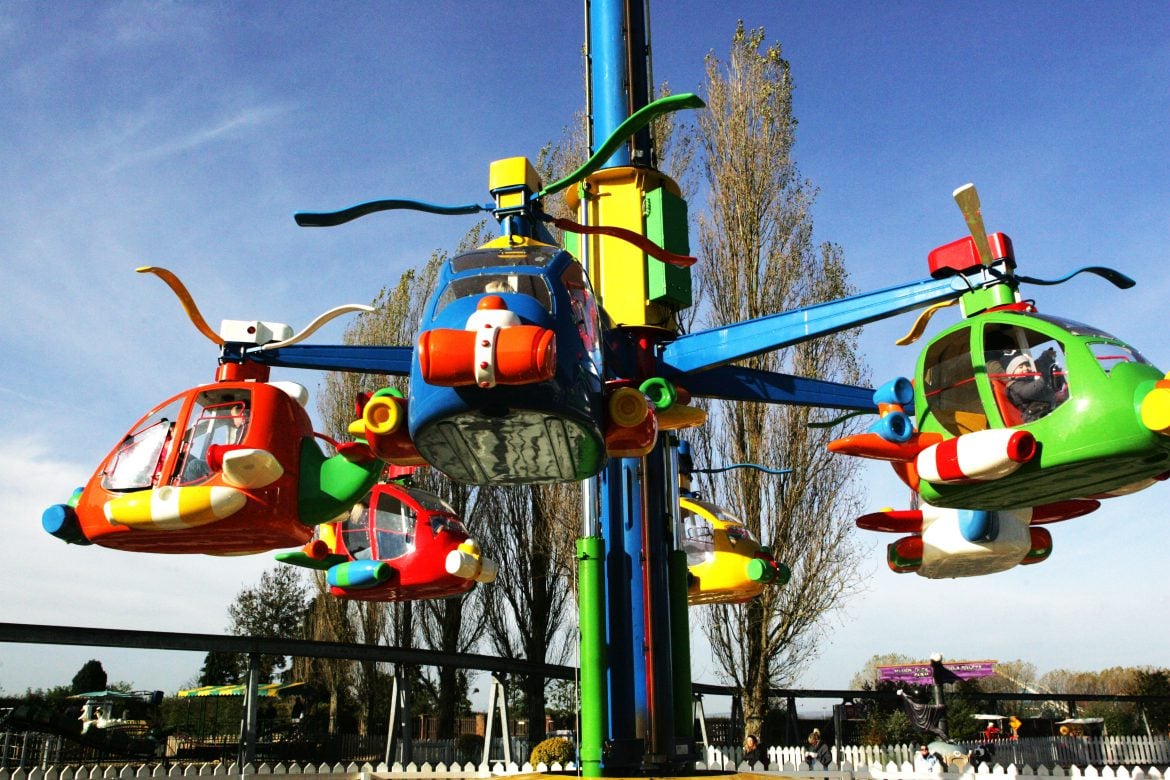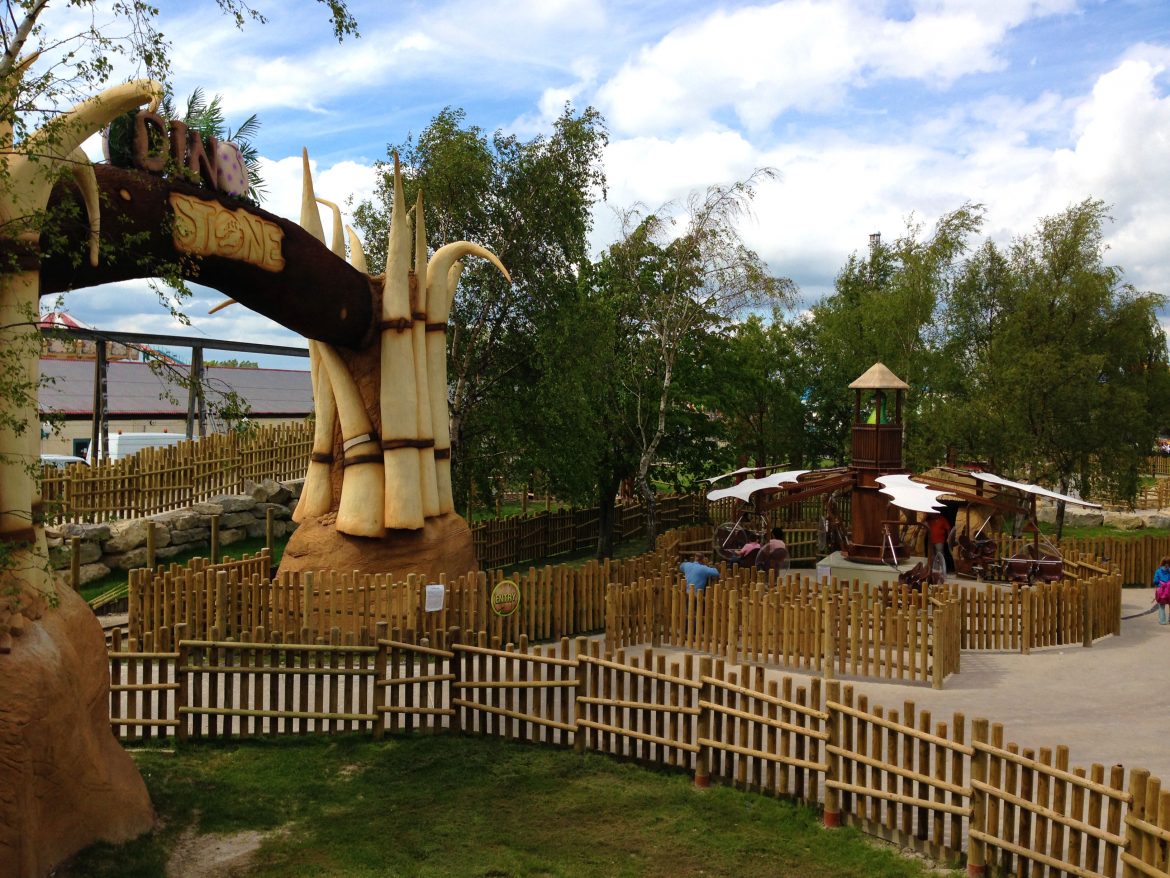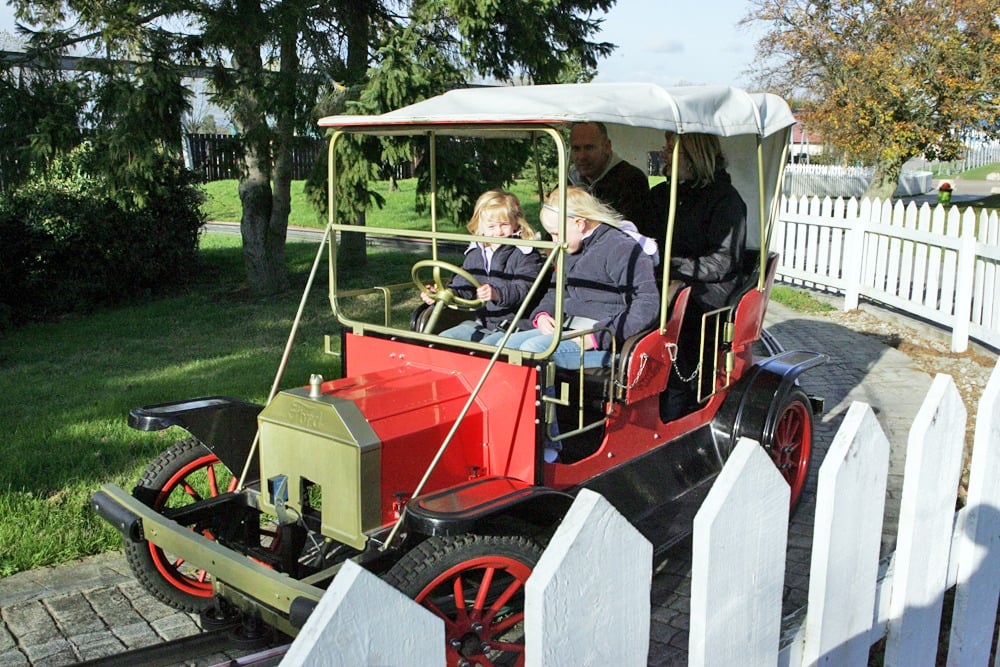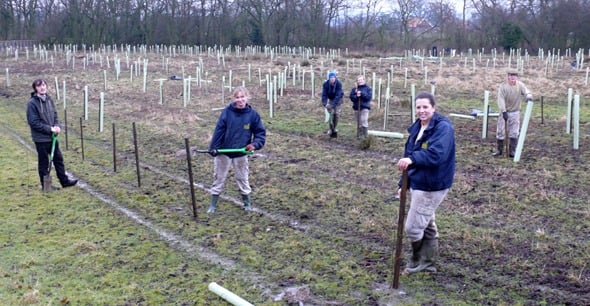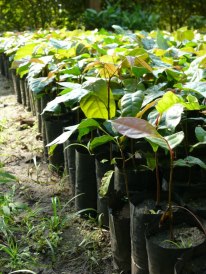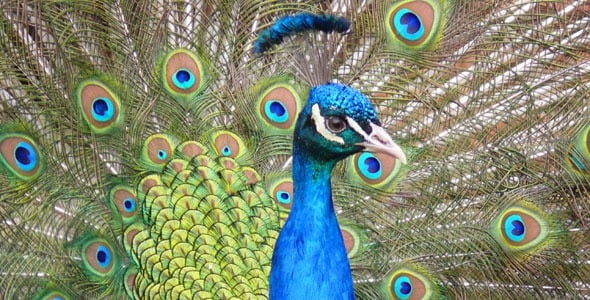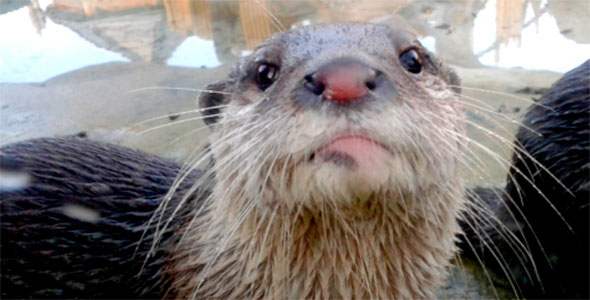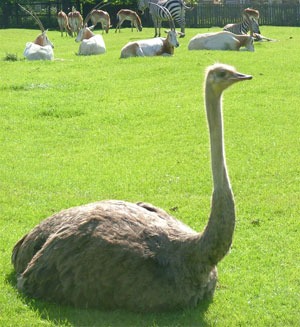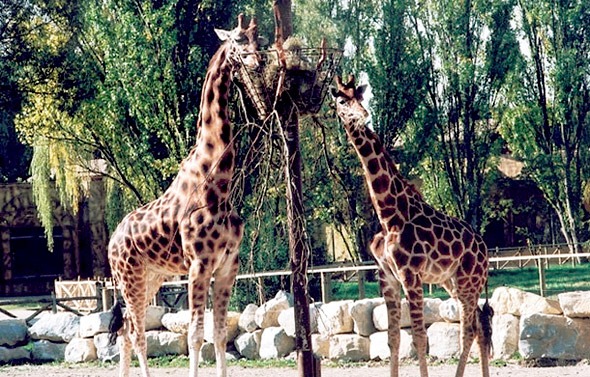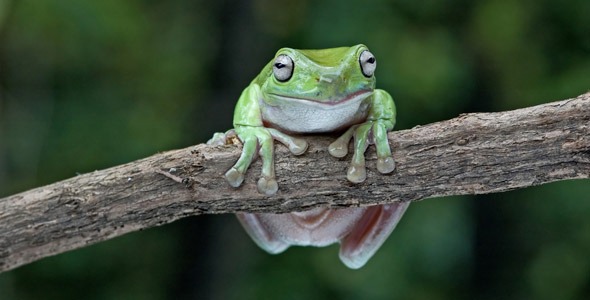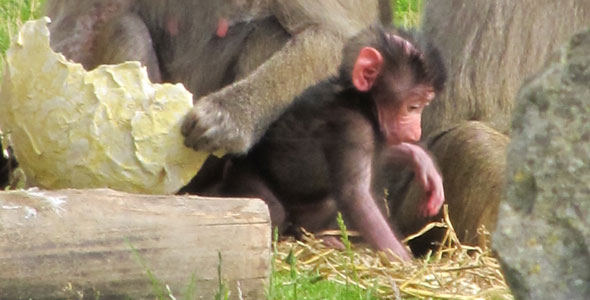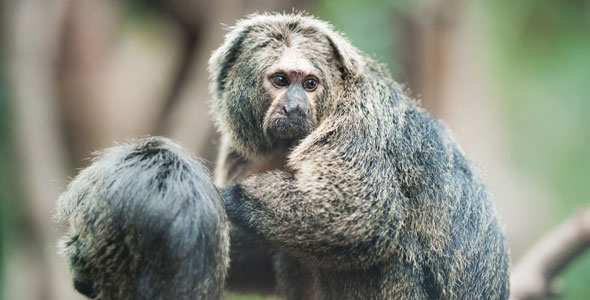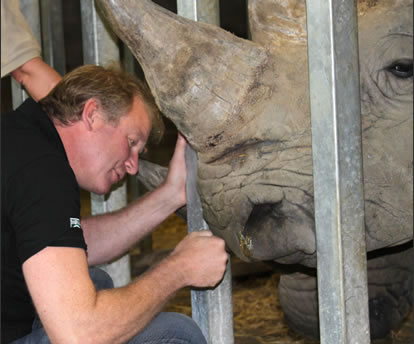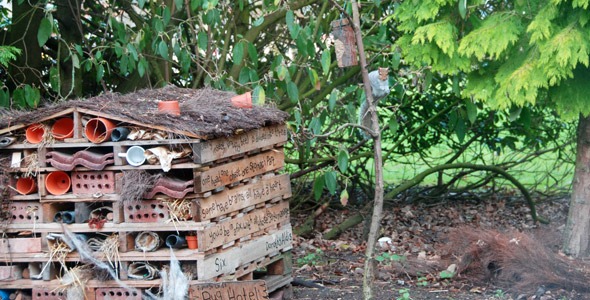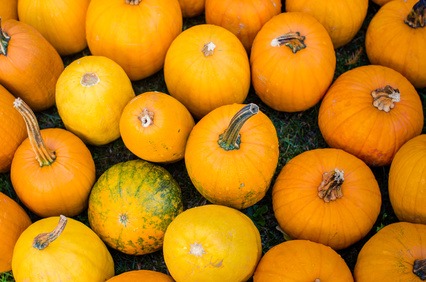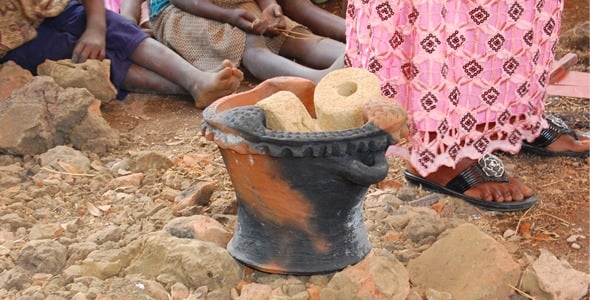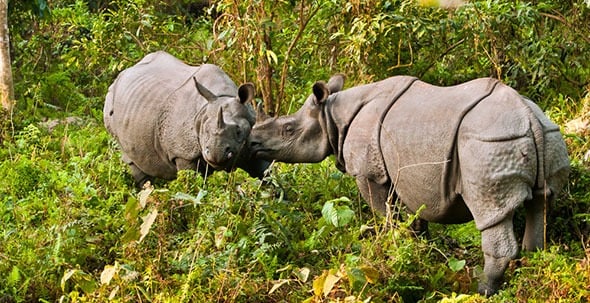
Ready to Welcome The Indian Rhinos at Flamingo Land
Flamingo Land is currently renovating the old mangabey and bat house into our new Indian Rhino exhibit. The building has been extended and improved, and fixtures are now being fitted to accommodate our new residents.
The Rhino should be arriving towards the end of the summer or early autumn. This will be an exciting time for all our zoo staff and the visitors to the park too. Although we already have White Rhino at Flamingo Land, the Indian Rhino will be kept in a completely separate enclosure to them.

